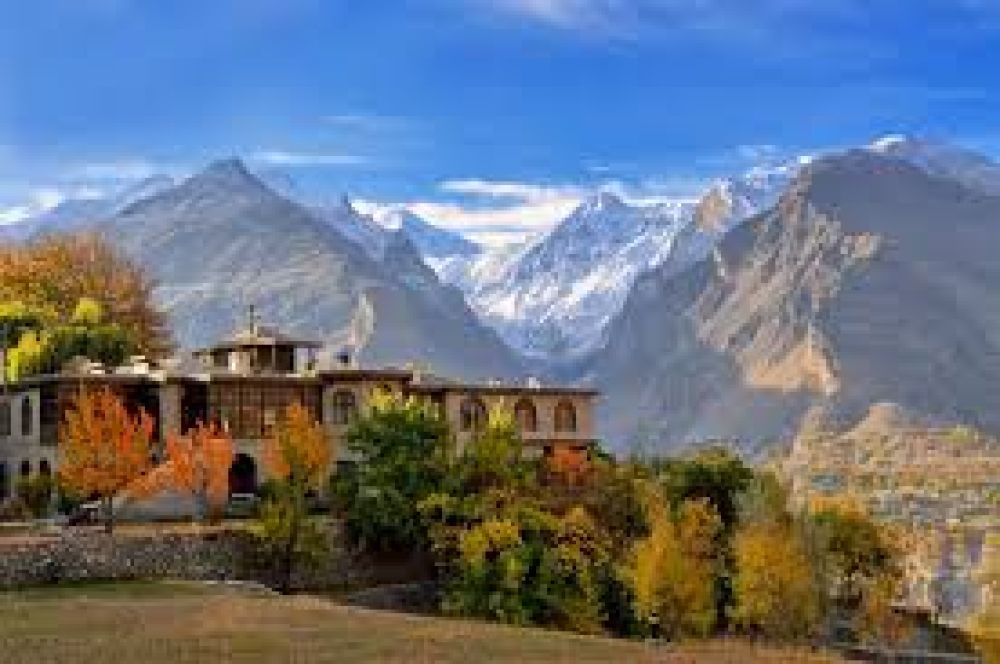

The history of tourism in Hunza, an awe-inspiring valley located in the Gilgit-Baltistan region of Pakistan, is deeply intertwined with the region's unique cultural heritage and stunning natural beauty. Historically, Hunza was a princely state and played a significant role in trade as it was located on the ancient Silk Road. This brought a mix of different peoples and cultures to the region, though not tourists in the modern sense.
The early 20th century saw the arrival of adventurers, mountaineers, and British colonial officers who were among the first few to explore the region for pleasure and reconnaissance. These explorers laid the foundation for what would later become a thriving tourism industry.
A significant turn for tourism in Hunza came with the construction of the Karakoram Highway (KKH) in the 1970s. This monumental engineering feat, often referred to as the Eighth Wonder of the World, connects Pakistan with China and opens up the previously hard-to-reach area to tourists.
Tourism in Hunza really began to flourish in the late 20th and early 21st centuries. The valley's pristine environment, the hospitality of the Hunza people, and landmarks such as the ancient Baltit and Altit forts have attracted tourists both domestically and internationally.
In recent years, there has been a growing interest in agri-tourism, with visitors coming to experience the organic lifestyle and fresh fruits like cherries, apricots, and apples that the valley is known for. Cultural festivals showcasing Hunza's rich traditions, music, and dance have also become significant draws for tourists.
Moreover, the valley serves as a gateway to several high peaks of the Karakorams, making it a prime destination for trekkers, climbers, and adventure seekers. This has led to a surge in adventure tourism, catering to individuals who come for the challenging trails and majestic mountain scenery. Ecotourism has also gained momentum, with an emphasis on sustainable and responsible travel.
The latest trends in Hunza tourism reflect a growing awareness and responsiveness to environmental concerns. There is an increasing push for implementing eco-friendly practices and promoting off-season tourism to ensure a stable influx of tourists while managing capacity and preserving the environment.
Social media has played a pivotal role in Hunza's tourism boom, with captivating images and stories from travelers making the valley a must-visit destination for those seeking beauty and adventure. Entrepreneurs and young locals are now leveraging social media to promote Hunza's culture and landscapes, reaching a global audience like never before.
While tourism is a key driver for the local economy, it also presents challenges such as waste management, preservation of cultural heritage, and infrastructure development. Looking to the future, plans and policies focusing on sustainable tourism are crucial for ensuring that Hunza remains a vibrant and inviting destination for generations to come.
Hunza's tourism trajectory, from a waypoint on the Silk Road to a beloved mountain paradise, is a testament to its enduring allure. As tourism continues to evolve, careful planning and community involvement are essential in safeguarding Hunza's magnificent landscapes and cultural integrity.